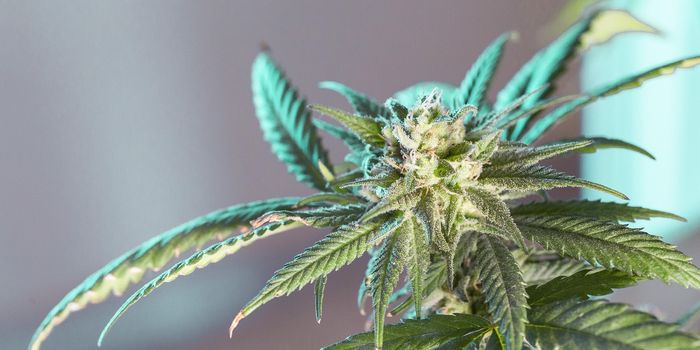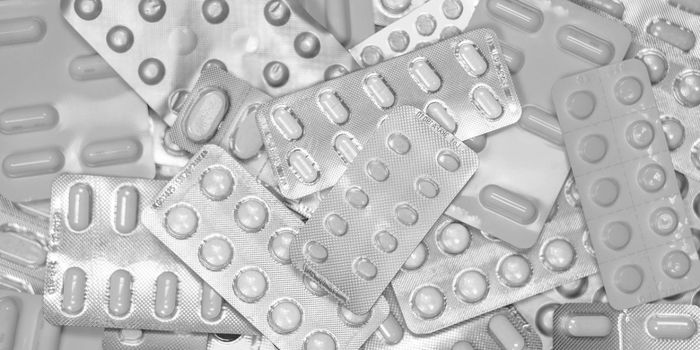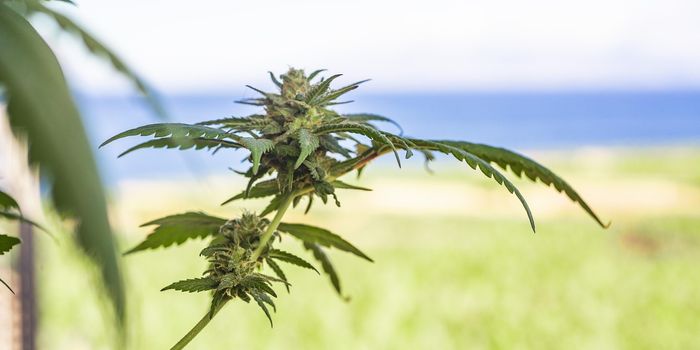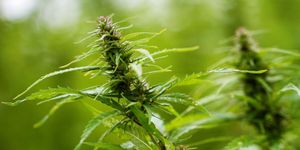Nanoparticle System Boosts Recovery After Tendon Surgery
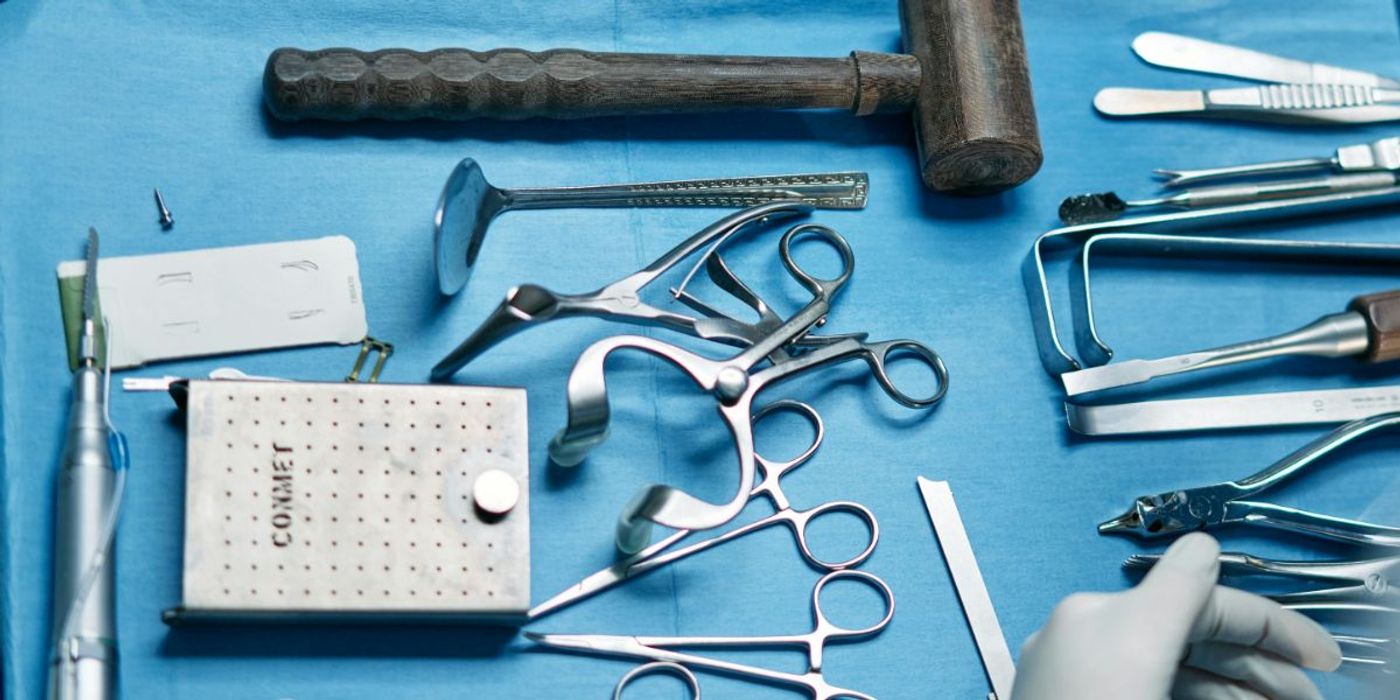
Tendon injuries are common, potentially life-changing, and are often surgically repaired via sutures. However, optimal healing is often inhibited by fibrosis- the tendon's proclivity to heal with scar tissue that restricts its movement and function.
"Systemic drug treatments delivered orally or via injection show poor tendon homing; in some cases, less than 1 percent of a systemically delivered medication reaches the healing tendon. Local administration of drugs directly to the tendon has disadvantages as well, including potential tissue damage from the injection and poor control over drug concentrations at the point of injury," said study author Alayna Loiselle, PhD, associate professor at the University of Rochester's Center for Musculoskeletal Research, in a press release.
In previous work, researchers used spatial transcriptomic profiling to define a molecular map of the healing tendon. In doing so, they found that the area of injury had high levels of Acp5 gene expression. The Acp5 gene produces a protein called Tartrate Resistant Acid Phosphatase (TRAP). Both Acp5 and TRAP occur as injured bones recover. The researchers thus saw an opportunity to employ a peptide that binds to TRAP to deliver medication to the healing tendon site.
In the current study, researchers chose to deliver Niclosamide, which inhibits S100a4- a protein that contributes to scar formation, to healing tendons. Inhibiting this protein contributed to improved mechanical and functional outcomes in mice with tendon injury. The researchers compared nanoparticle-aided delivery of Niclosamide with systemic delivery of the drug.
Ultimately, sysmetically-delivered Nicolsamide slightly reduced amounts of S100a4 in the healing tendon, although had no signifcnat benefit on the healing process. Meanwhile, delivery of the same dose of Niclosamide using the nanoparticle system led to robust inhibition of S100a4 mRNA and protein levels in the healing tendon. It also significantly benefited the healing process, improving both functional range of motion recovery and mechanical integrity. The effects occurred with just one treatment.
The researchers aim to continue their work to define how broadly the system can be used for other tendon injuries and diseases. The system could potentially be used to deliver different types of drugs to target various molecular pathways.
Sources: Science Daily, Science Advances

